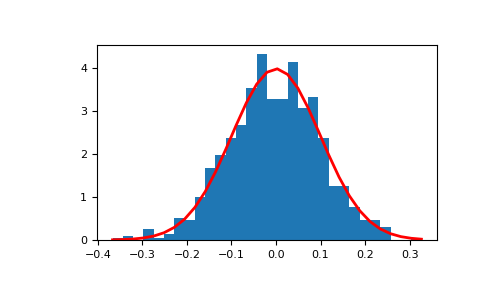

Importantly, there are 2 primary parameters that influence the shape of the distribution: Normally distributed data is shaped sort of like a bell, so it’s often called the “bell curve.” 2 Important Parameters for the Normal Distribution Hopefully you’re familiar with normally distributed data, but just as a refresher, here’s what it looks like when we plot it in a histogram: A Quick Review of Normally Distributed Data The Numpy random normal function enables you to create a Numpy array that contains normally distributed data. In most cases, Numpy’s tools enable you to do one of two things: create numerical data (structured as a Numpy array), or perform some calculation on a Numpy array. So Numpy is a package for working with numerical data in Python.Īs I mentioned previously, Numpy has a variety of tools for working with numerical data. (For more details about Numpy array basics, check out our tutorial about the NumPy array.) Numpy random normal generates normally distributed numbers It also enables you to perform various computations and manipulations on Numpy arrays.Įssentially, Numpy is a toolkit for creating and working with arrays of numbers in Python. It enables you to collect numeric data into a data structure, called the Numpy array.

Specifically, Numpy performs data manipulation on numerical data. Numpy is a module for the Python programming language that’s used for data science and scientific computing. Let’s start with a high-level explanation of what Numpy Random Normal does.
NUMPY RANDOM SAMPLE HOW TO


 0 kommentar(er)
0 kommentar(er)
